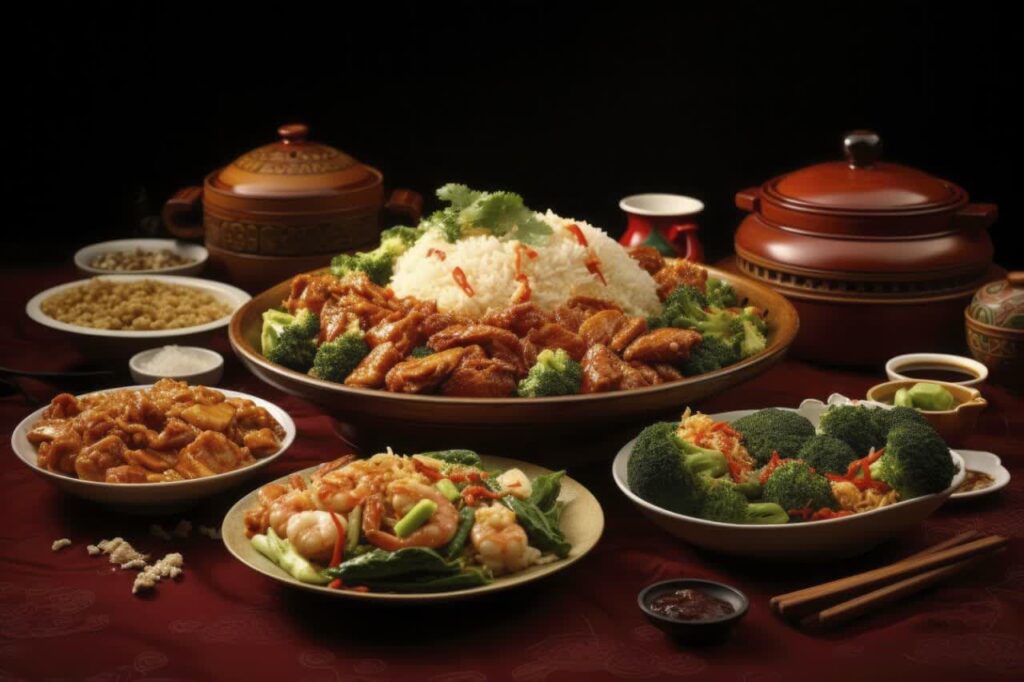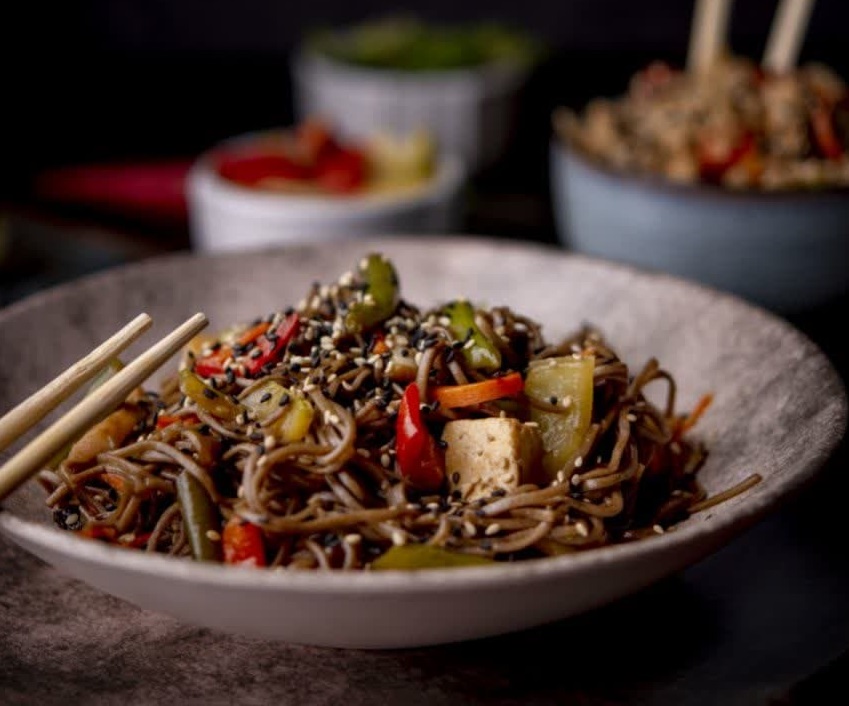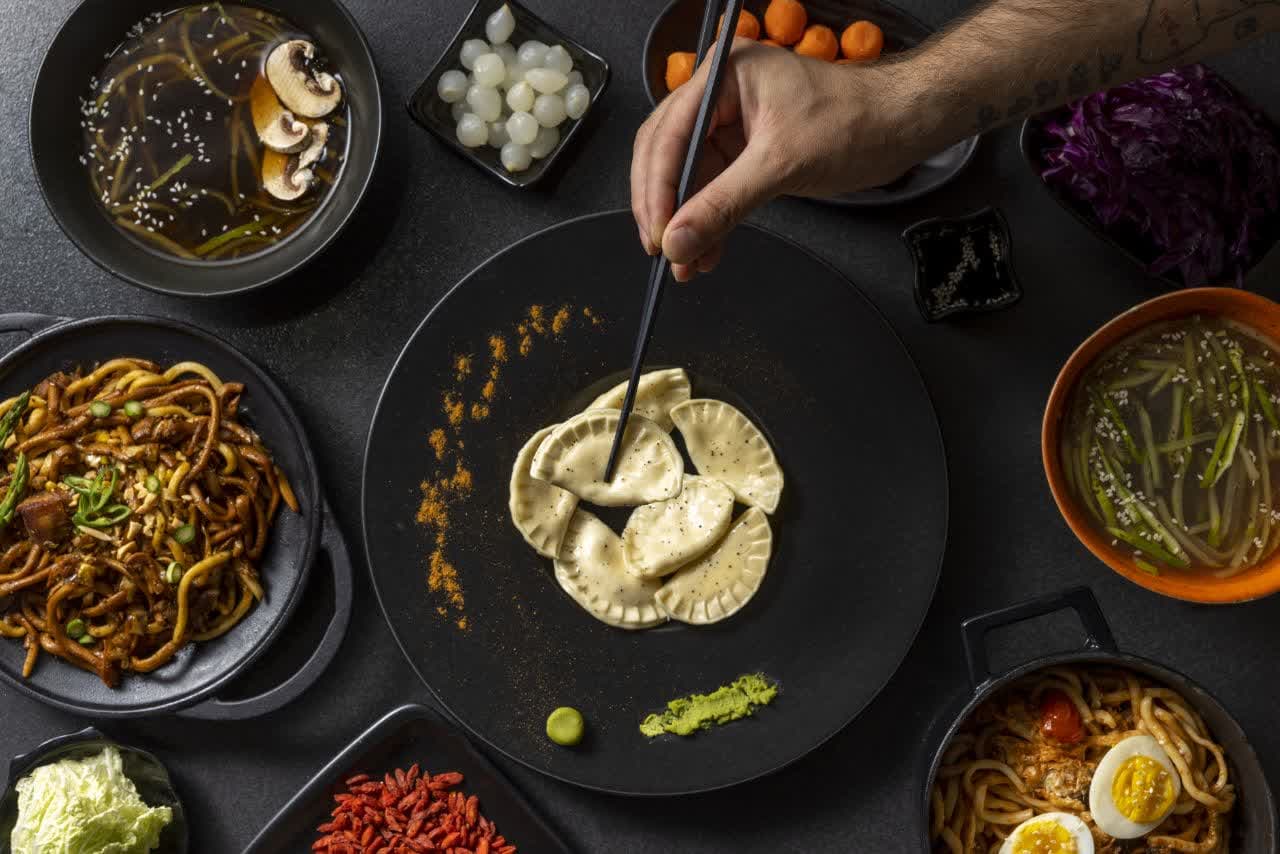Chinese cuisine is one of the world’s most beloved and varied culinary traditions. With its rich history, diverse regional flavors, and deep cultural significance, Chinese food offers a culinary journey that reflects the complexity and depth of Chinese culture. This article explores the historical roots, regional diversity, key ingredients, popular dishes, and the cultural significance of Chinese food.
Historical Roots of Chinese Cuisine
Ancient Culinary Traditions
The history of Chinese cuisine dates back thousands of years, evolving over dynasties and influenced by the country’s geography, climate, and socio-political changes. Ancient texts like the “Qimin Yaoshu” (Essential Techniques for the Welfare of the People) from the 6th century document early agricultural practices and recipes, providing a glimpse into the sophisticated culinary techniques and ingredients used in ancient China.
Influence of Dynastic Changes
Each Chinese dynasty left its mark on the country’s cuisine. The Tang Dynasty (618-907 AD), known for its cosmopolitan culture, saw the introduction of new spices and cooking techniques from the Silk Road. The Ming Dynasty (1368-1644 AD) brought about the refinement of tea culture and the introduction of new ingredients from the New World, such as chili peppers.
Regional Diversity in Chinese Food
Northern Cuisine
Northern Chinese cuisine, particularly from regions like Beijing and Shandong, is known for its hearty flavors and use of wheat-based products like noodles, dumplings, and buns. Dishes such as Peking Duck and Shandong-style braised sea cucumber highlight the region’s preference for savory, rich flavors.
Southern Cuisine
Southern Chinese cuisine includes the famous Cantonese cooking from Guangdong province, characterized by its fresh ingredients and delicate flavors. Dim sum, roast meats, and seafood are staples. The use of light sauces and quick stir-frying methods preserves the natural tastes of the ingredients.
Eastern Cuisine
Eastern China, including Shanghai and Zhejiang, is known for its sweet and sour flavor profiles and seafood delicacies. Dishes like Shanghai’s soup dumplings (xiaolongbao) and Zhejiang’s Dongpo pork showcase the region’s culinary creativity and reliance on local ingredients.
Western Cuisine
Western Chinese cuisine, particularly from Sichuan and Hunan, is famous for its bold and spicy flavors. The liberal use of chili peppers, garlic, and Sichuan peppercorns creates dishes with a unique numbing and spicy taste, such as Sichuan hotpot and Kung Pao chicken.

Key Ingredients in Chinese Cooking
Rice and Noodles
Rice and noodles are staples in Chinese cuisine, serving as the foundation for countless dishes. Rice is particularly prevalent in southern and eastern China, while noodles are more common in the north.
Soy Products
Soy products like tofu, soy sauce, and soy milk are essential in Chinese cooking. Tofu can be used in various dishes, from Mapo Tofu to hotpot, while soy sauce adds a depth of umami flavor to stir-fries and marinades.
Spices and Seasonings
Chinese cuisine uses a variety of spices and seasonings, including ginger, garlic, scallions, star anise, and five-spice powder. Each region has its preferred blend of seasonings that define its distinctive flavors.
Popular Chinese Dishes
Peking Duck
Peking Duck is a world-renowned dish from Beijing, known for its crispy skin and tender meat. The duck is seasoned, roasted, and served with pancakes, hoisin sauce, and scallions.
Dim Sum
Dim sum is a collection of bite-sized dishes served with tea, originating from Cantonese cuisine. Popular dim sum items include shrimp dumplings (har gow), pork buns (char siu bao), and egg tarts.
Hotpot
Hotpot is a communal meal where diners cook various meats, seafood, and vegetables in a simmering pot of broth at the table. Sichuan hotpot is particularly famous for its spicy and numbing flavors.

The Cultural Significance of Chinese Food
Festivals and Celebrations
Chinese food plays a crucial role in festivals and celebrations. During the Lunar New Year, families prepare and enjoy symbolic dishes like dumplings (for wealth) and fish (for prosperity). The Mid-Autumn Festival features mooncakes, symbolizing reunion and completeness.
Symbolism and Tradition
Chinese cuisine is rich in symbolism, with many dishes carrying meanings related to luck, prosperity, and health. The presentation and choice of dishes often reflect cultural values and historical traditions.
Modern Influence and Global Reach
Chinese food has had a significant impact on global cuisine. Chinese immigrants have brought their culinary traditions to every corner of the world, leading to the creation of various Chinese-inspired dishes adapted to local tastes. This global spread has also resulted in a fusion of Chinese cuisine with other culinary traditions, enriching the global food landscape.
Conclusion
Chinese cuisine is a testament to the rich cultural heritage and regional diversity of China. From ancient traditions to modern innovations, the flavors, ingredients, and cooking techniques of Chinese food offer a unique and delightful culinary experience. Whether it’s the spicy heat of Sichuan dishes, the delicate flavors of Cantonese cuisine, or the hearty fare of northern China, there is something in Chinese cuisine for every palate. Exploring Chinese food is not just a gastronomic journey but also a cultural adventure that reflects the history, traditions, and spirit of the Chinese people.

